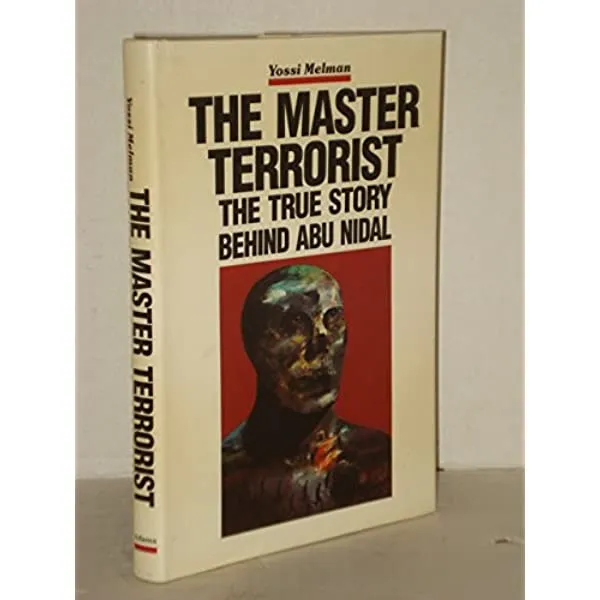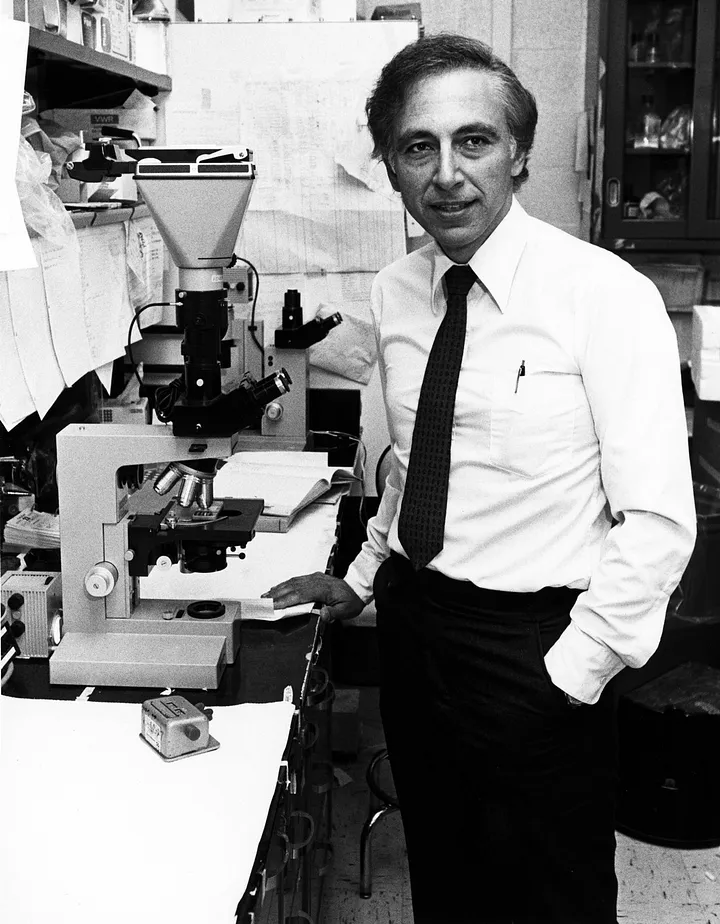In the murky world of international terrorism, few names evoke as much fear and hatred as Abu Nidal. Born Sabri al-Banna in Palestine in 1937, he was the founder and leader of the Fatah-Revolutionary Council, a notorious group responsible for some of the deadliest attacks of the 20th century. From the 1970s to the 1990s, Abu Nidal’s organization targeted Israeli, American, and Arab targets with brutal efficiency, using a combination of bombings, assassinations, and hijackings. But what set Abu Nidal apart from other terrorist leaders was his reliance on false flags — operations designed to make it seem like the work of another group, in order to confuse and mislead investigators.
False flag attacks are a common tactic in the world of espionage and covert operations, and they date back centuries. The idea is to carry out a provocative action that is attributed to an enemy or a third party, in order to create a pretext for retaliation or intervention. In the context of terrorism, false flags are used to achieve multiple goals: to hide the true identity or motives of the perpetrators, to sow discord and suspicion among rival groups, to create a diversion that allows the real target to be attacked later, or to manipulate public opinion by blaming an innocent party for the crime.
Abu Nidal was a master of false flags, and he used them in various ways throughout his career. Sometimes he would claim responsibility for attacks that were actually carried out by other groups, in order to boost his own reputation or to deflect blame from his real operations. Other times, he would engineer attacks that were deliberately designed to look like the work of a different group, in order to create confusion or to provoke a counter-reaction. In both cases, Abu Nidal’s aim was to maximize the impact of his actions, while minimizing the risk of being caught or punished.
One of the most notorious examples of Abu Nidal’s false flags was the 1985 attack on the Rome and Vienna airports, which killed 19 people and wounded over a hundred. The operation was officially claimed by a group calling itself the “Arab Revolutionary Cells”, which said it was retaliating for the arrest of some of its members in Madrid. However, evidence soon emerged that pointed to the involvement of Abu Nidal’s group, which had a long history of targeting airports and airlines. According to some reports, the attack was actually carried out by a team of Palestinian and Syrian militants who were loyal to Abu Nidal, but who used the cover of a fictitious group to avoid detection.
Another example of Abu Nidal’s false flags was the 1982 assassination of the Jordanian ambassador to London, Nahed Hattar. The killing was initially attributed to the PLO’s Black September faction, which had a long-standing feud with Hattar over his support for King Hussein’s regime. However, it later emerged that the attack was actually ordered by Abu Nidal, who saw Hattar as a traitor and a spy. In order to make it seem like a Palestinian operation, Abu Nidal used a team of Jordanian militants who were trained and funded by his organization, but who had no direct connection to the PLO.
Perhaps the most audacious of Abu Nidal’s false flags was the 1986 bombing of the La Belle discotheque in West Berlin, which killed three people and injured over 200. The attack was initially blamed on Libyan agents, who were seen as the main sponsors of terrorism at the time. However, after a long investigation, it was revealed that the real culprits were a team of Abu Nidal’s operatives, who had used a powerful explosive device to carry out the attack. The motive behind the bombing was to target US servicemen who frequented the club, as a way of retaliating for the US bombing of Libya earlier that year. By making it look like a Libyan operation, Abu Nidal hoped to deflect blame from his own organization and to provoke a larger conflict between the US and Libya.
The legacy of Abu Nidal’s false flags is complex and far-reaching. On the one hand, they allowed him to carry out a wide range of attacks with relative impunity, since he could hide behind different names and fronts. On the other hand, they also created a web of confusion and mistrust among his own supporters, many of whom were unsure of what the real goals and strategies of their leader were. In some cases, false flags also led to retaliation against innocent parties, as rival groups or governments sought to punish the wrong actors for the crimes committed.
Today, Abu Nidal’s group has largely faded away, and many of its former members have either been killed or captured. However, the tactics of false flags continue to be used by other terrorist groups and state actors, who see them as an effective way of achieving their goals. In a world where truth and facts are increasingly contested and manipulated, false flags are a potent weapon in the arsenal of those who seek to shape public opinion and politics. As we continue to grapple with the challenges of terrorism and political violence, it is important to be aware of the legacy of Abu Nidal and the dangers of false flags, which can sow chaos and distrust for years to come.
In conclusion, the legacy of Abu Nidal’s false flags is a reminder of the complexity and danger of modern terrorism. By using deception and misdirection, Abu Nidal was able to carry out a wide range of deadly attacks that shook the world. However, his tactics also created a legacy of confusion and mistrust that continue to impact the world today. As we seek to combat terrorism and extremism, we must remain vigilant against false flags and the dangers they pose to our societies and our security.












